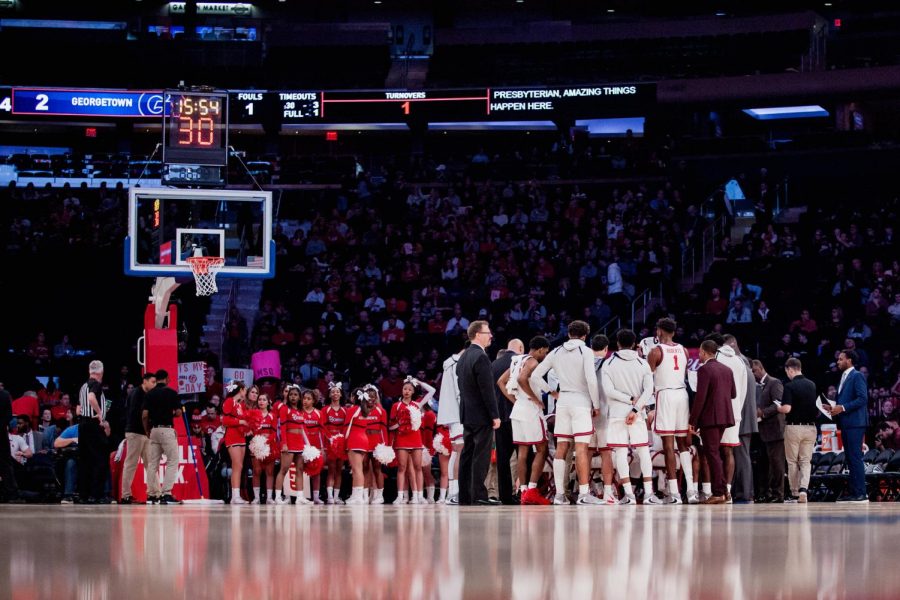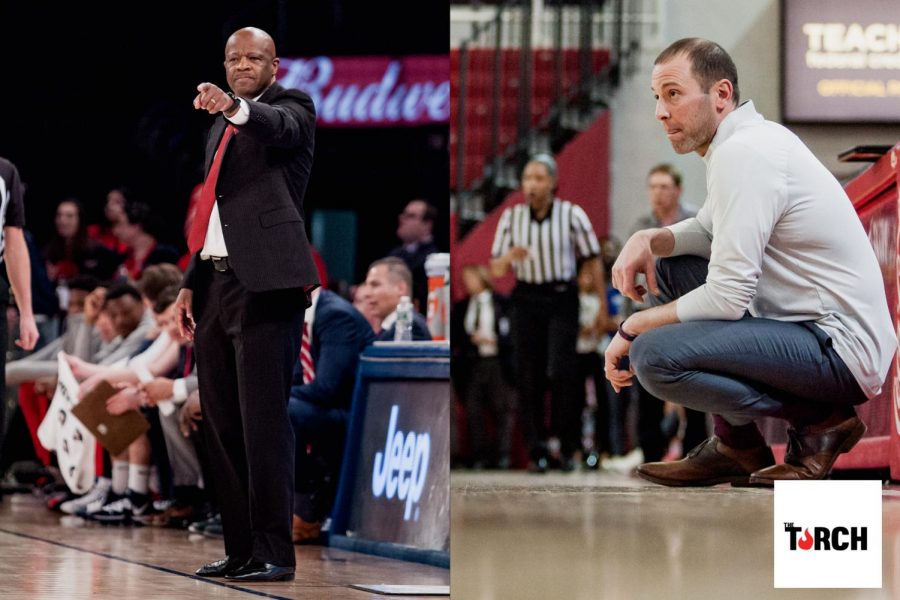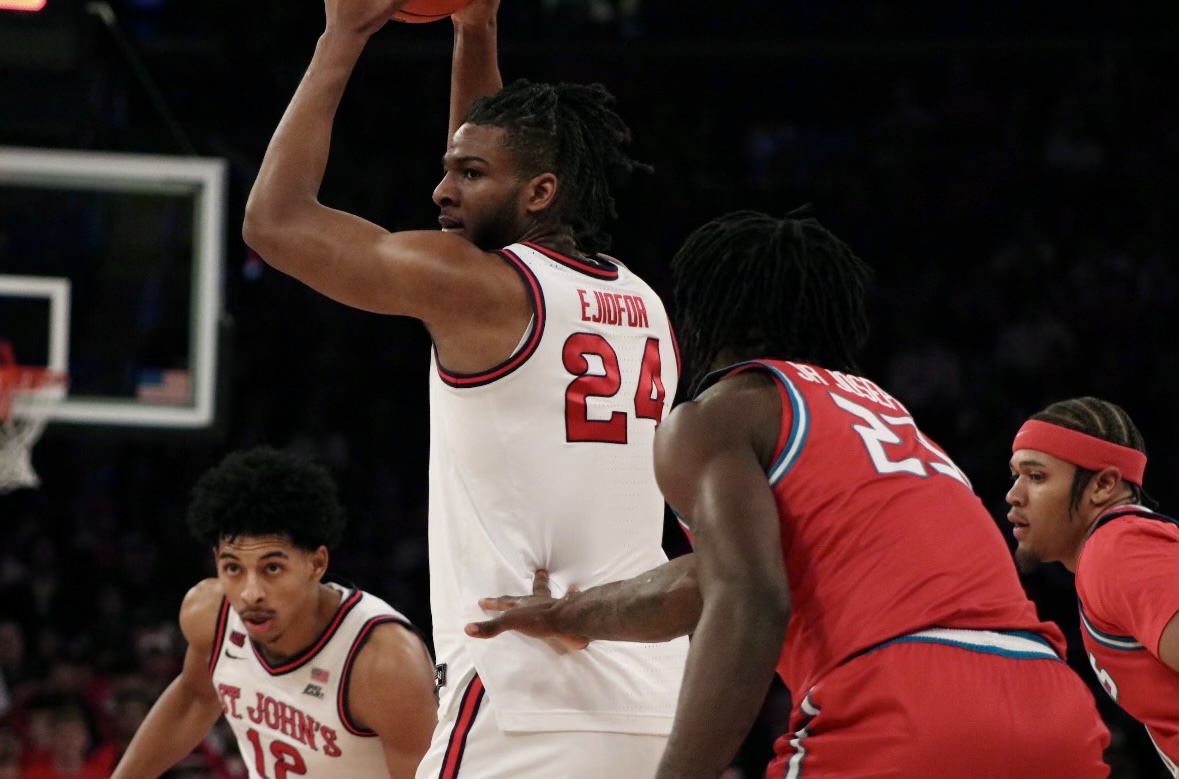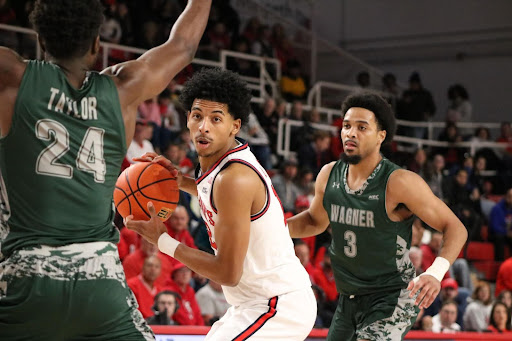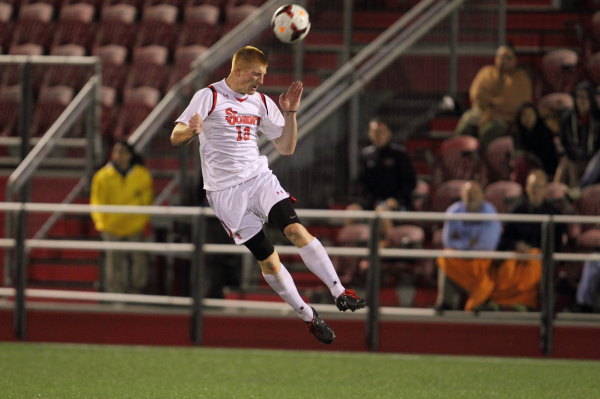The St. John’s men’s basketball team just played its first regular season game, but it has already become clear at what kind of identity this team will need to have in order to be successful.
When they allowed William & Mary, who run a patient, Princeton-style offense and have no problem bleeding the shot clock, to dictate the pace of the game in the first half, the Red Storm’s weaknesses were in full display.
St. John’s zone defense is like a traditional 2-3 zone, except the guards extend their pressure far beyond the three-point arc. It’s designed to harass and unnerve the other team’s guards and force them into quick shots and mental mistakes.
When a team is patient against it and works the ball around quickly, as William & Mary did in the first half, its vulnerabilities show. The Tribe hit seven threes in the first half by doing nothing more than staying under control and not letting St. John’s off the hook.
The way William & Mary shot in the first half en route to taking a 33-26 lead into the locker room, I was sure that the Johnnies would come out in a man-to-man defense sooner rather than later and force the Tribe to break them down one-on-one.
But I was wrong. Instead of changing their style, the Red Storm doubled down, extending their pressure even farther out and creating more havoc defensively.
It worked. St. John’s forced 12 turnovers in the second half, and converted most of those into easy transition buckets or free throws. Sophomore guard Nurideen Lindsey showed how he earned the nickname “Too Easy” in high school, looking like a man amongst boys against the hapless Tribe in the second half.
So what changed from the first half, in which Lindsey was invisible and the rest of the team wasn’t much better?
The big catalyst for St. John’s defense was St. John’s offense. In the first half, the Johnnies shot just 10-of-31, meaning that too often, they couldn’t set up their press.
But in the second half, they hit their first seven shots, which allowed them to set up their defense and pressure William & Mary all over the court. In that time, the Tribe turned the ball over three times and took four quick threes, missing all of them. By the time sophomore guard D’Angelo Harrison put up St. John’s first miss of the half from the field at the 14:31 mark, William & Mary’s first half lead had already evaporated, and they would never get back into the game.
One of the themes that has emerged in the first two exhibition games, as well as the William & Mary game, is that St. John’s is very good in transition. They have athletes that love to get out and run, and they have good court awareness to find the open man in transition.
The other theme is that they are poor in a halfcourt game, both offensively and defensively. Its zone isn’t designed to defend for 35 seconds, and its halfcourt offense shows all the warts and flaws that are expected of such a young team.
That’s why it’s so important for St. John’s to dictate the tempo. Last year’s team was capable of slowing down and winning ugly, or getting up-and-down and holding its own in a shootout. This team will find its footing in the halfcourt game eventually. But for now, it must rely on its athleticism and push the ball at every opportunity.
In the Big East, that will be easier said than done. While there are good teams like Villanova and Syracuse that love to run, teams like Connecticut and Pittsburgh have been dominant in the conference in recent years playing a more deliberate style. And every good team in the Big East is capable of winning at any pace, like last year’s St. John’s team could.
We already know that St. John’s can win while playing at a high tempo. For it to be successful, its halfcourt game will have to improve as the season progresses. They should focus on that when they play less-talented teams like St. Francis and UMBC.
But when the chips are down, as they were in the second half against William & Mary the Red Storm must continue to force the issue and run at every opportunity.





